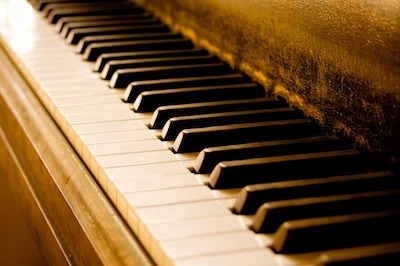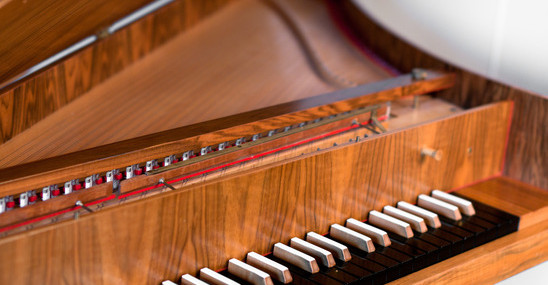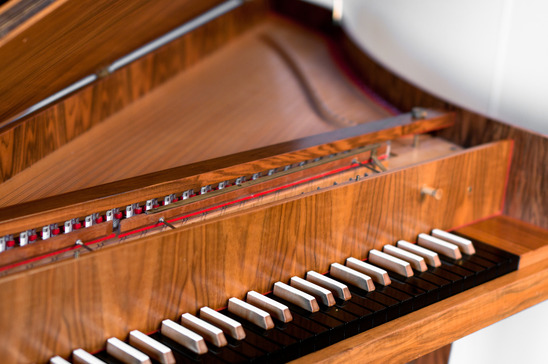Head out to Craigslist, and you’ll find dozens of ads practically giving their pianos away. As you search through the ads, you may see one type appear again and again:
Spinet Piano … as good as new
Do you trust it? Should you move forward and look at it? Should you take it home?
A spinet piano is a very small upright piano, and can be distinguished by their height. Pianos 40” and below are spinets. Compare that with 41 – 44” consoles, or 45” and above as studio uprights. The very tallest – 48” or above – are often thought of as professional or upright grands.
A spinet is different than other pianos because of the way the action is built. The spinet action uses a pull-type drop action rather than the push-type used by other pianos. This makes the action too light and imprecise for students as they learn.
A spinet is also has a smaller stature which makes it more difficult to play. Piano players have almost zero dynamic control, which means the effort put into playing it doesn’t result in the right sound or quality.
A young beginner needs a piano with a great sound in order to learn in-tune sound quality and develop ear training. They need a piano that has a good, consistent feel in order to develop proper playing strength and to ensure dynamic control from the moment they touch the keys. Proper feel is needed to improve playing techniques as they learn and grow.
Because spinet pianos are no longer made, the ones you will find on Craigslist or given to you by a family member or a friend are old, worn down, poor quality and inadequate in sound.
When you purchase or are given a spinet as a hand me down, it often sends the wrong message to children. The piano is nothing special, and only there as a temporary item.
A higher quality piano with great sound is more enjoyable to play, more consistent in the feel, and provides dynamic control that can instill a lifetime of enjoyment.
How could your child benefit from playing a high quality instrument?



